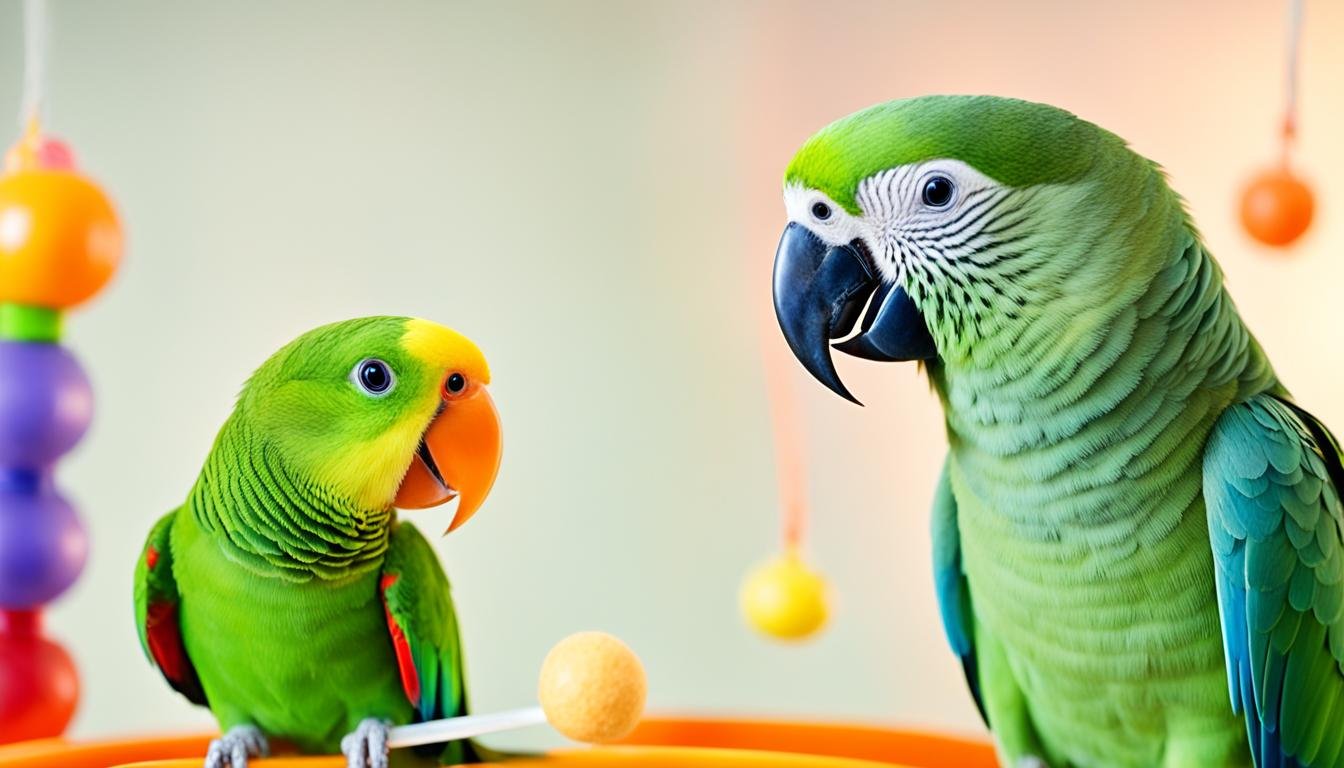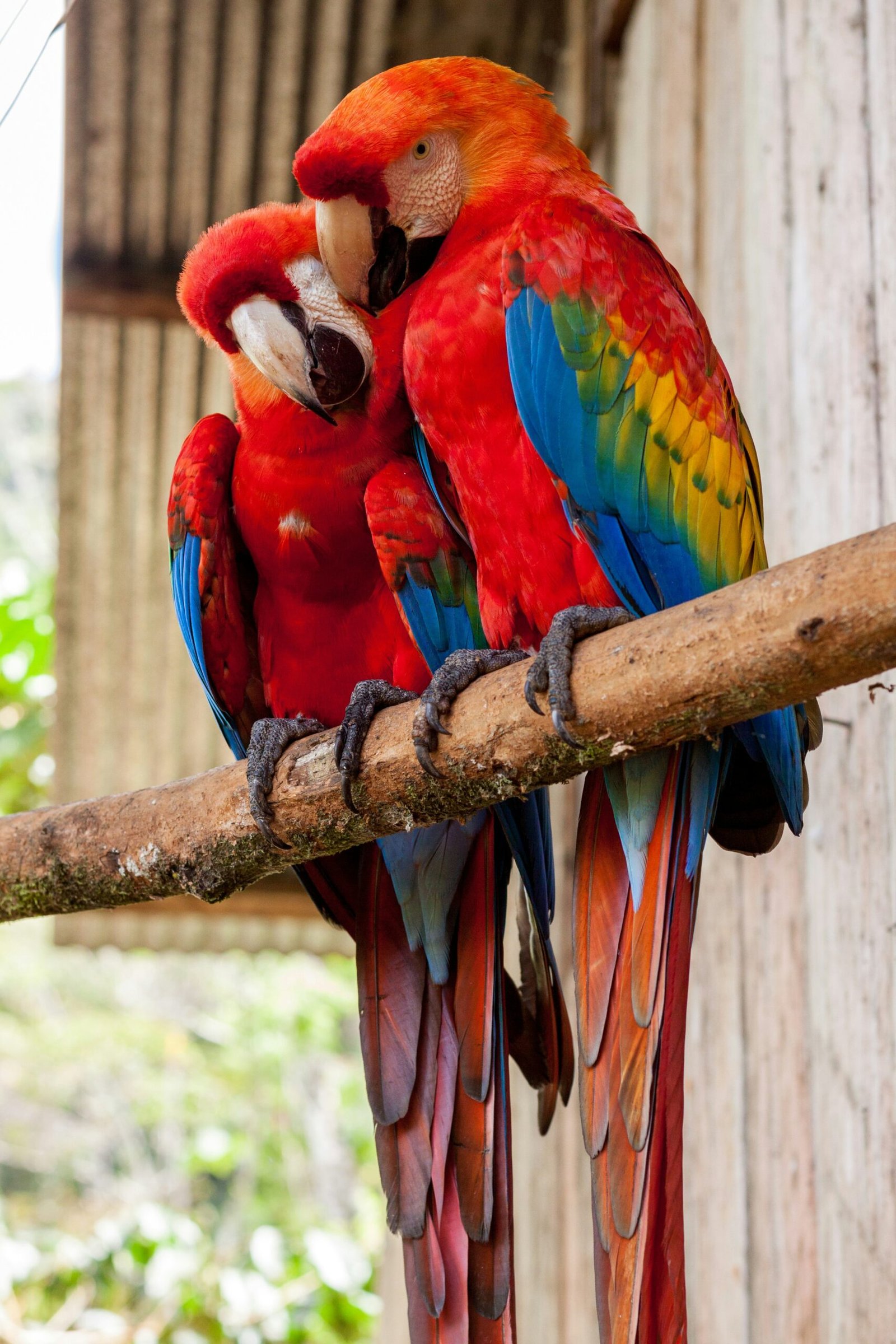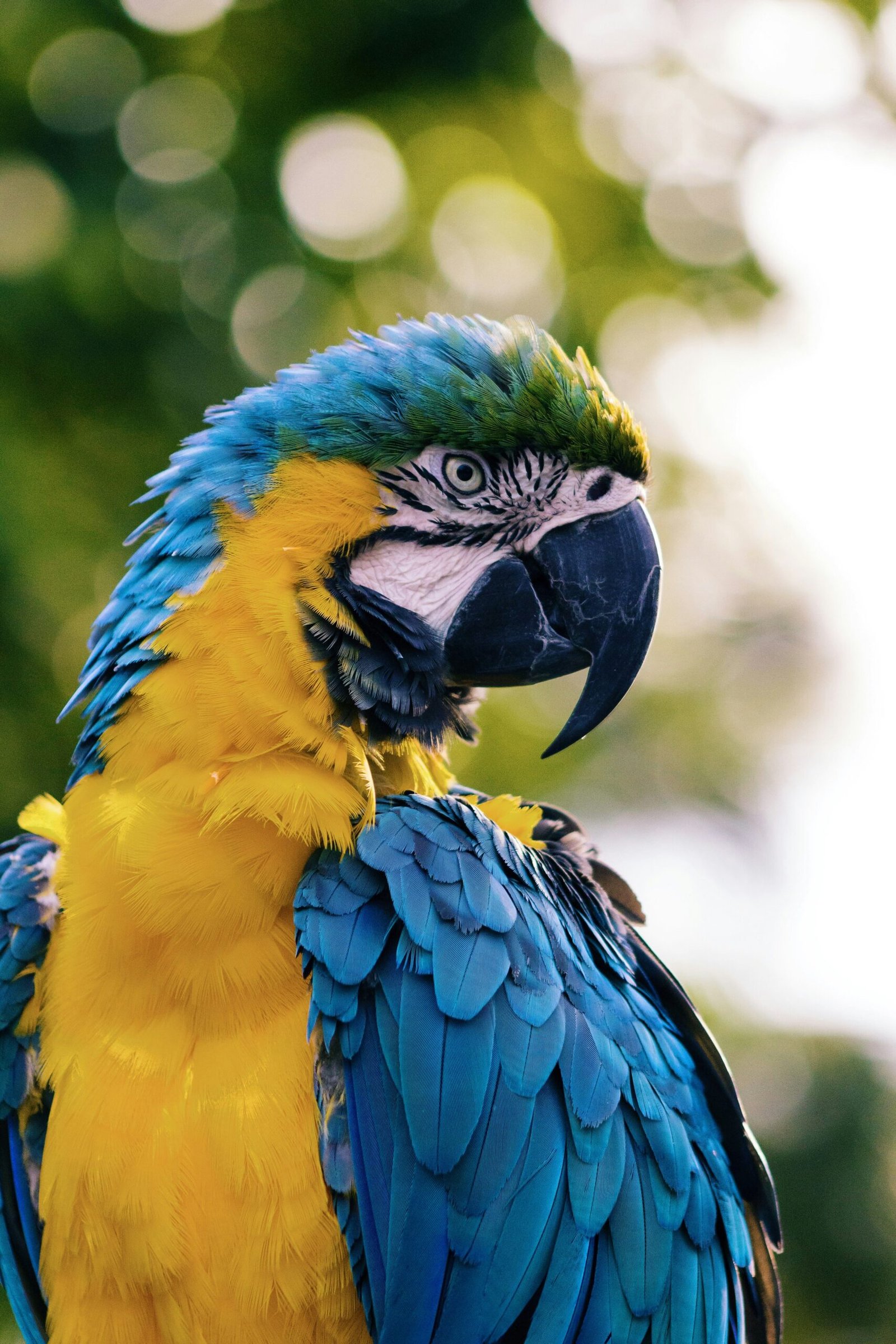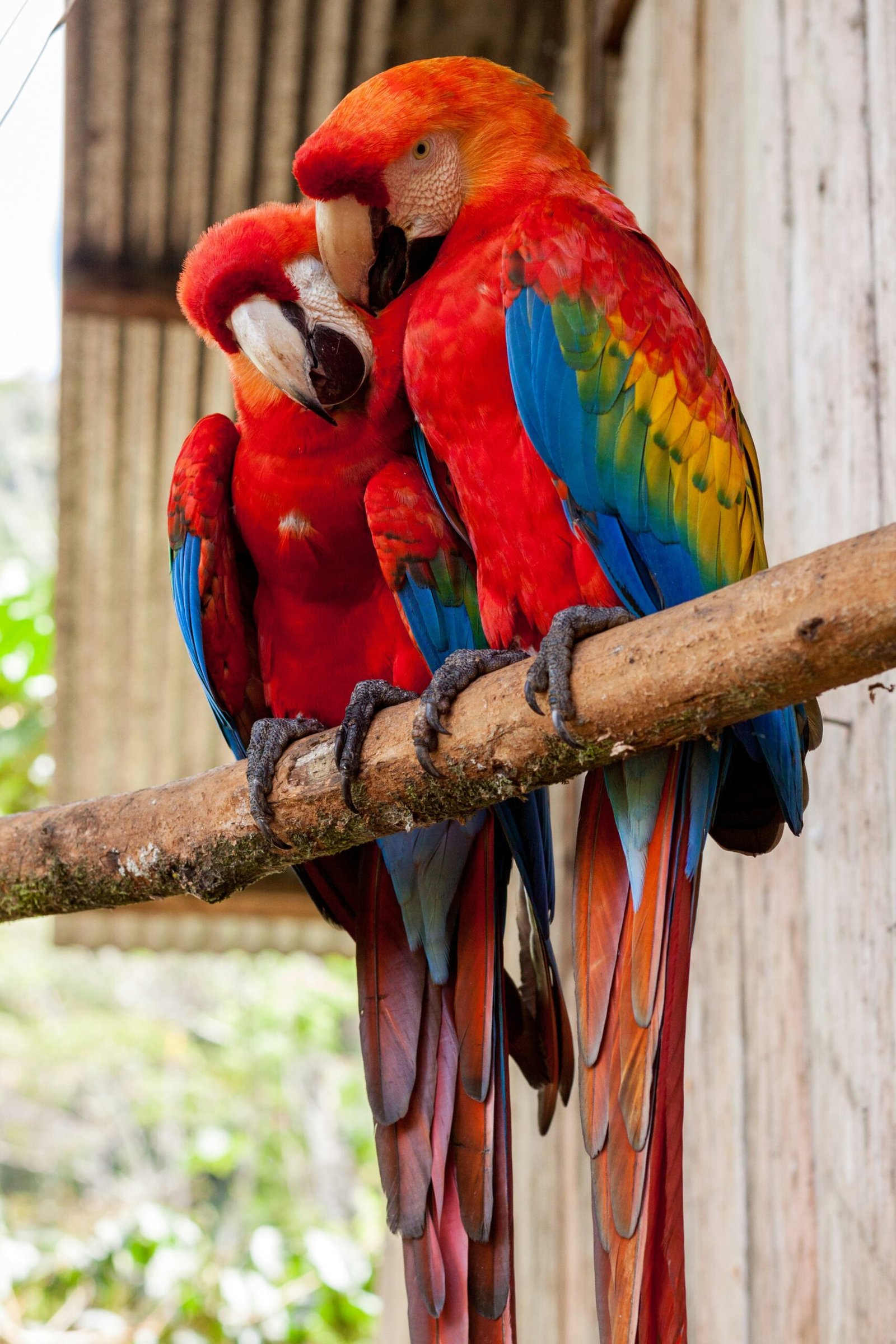As a Quaker parrot owner, you know how crucial consistent training is. It helps build a strong bond and teaches your bird good behaviors. The timing of your training can make a big difference for both you and your parrot.
For Quaker parrot training, your bird’s age and personality matter a lot. Start early with positive interactions to build trust with baby Quaker parrots. With adult Quaker parrots, you might need to use different methods to overcome fear and aggression.
Knowing your Quaker parrot’s training schedule and watching for hunger and daily routines is key. This helps you find the optimal training time for your bird. Training at the right time, in tune with your parrot’s natural rhythms, makes the experience positive and rewarding. It strengthens your bond.
This guide will share the best timing tips for training a Quaker parrot. We’ll cover how to start with young birds and meet the needs of adult Quakers. You’ll learn effective Quaker parrot training methods and how to train a Quaker parrot pet well.
Introducing Quaker Parrot Training
Training a Quaker parrot is crucial for being a good pet owner. These birds are smart and love to interact. They do well with positive reinforcement, which builds trust and helps them learn.
It’s important to know your Quaker parrot’s personality to train them best. This makes your training more effective.
The Importance of Positive Reinforcement
Positive reinforcement is the best method for training Quaker parrots. Give them treats or praise when they do something good. This teaches them that good actions get rewards.
This method strengthens your bond with your Quaker parrot. They will be more eager to learn and follow your instructions.
Understanding Your Quaker Parrot’s Personality
Quaker parrots are all different, just like people. Some are more outgoing, while others prefer to keep to themselves. By watching how your parrot acts, you can adjust your training to fit their needs.
This helps you connect better with your parrot and get better results in training.
Patience, consistency, and positive reinforcement are key to training Quaker parrots. With these, you can have a well-trained parrot that loves to talk and be around you.
“Training a parrot is a journey, not a destination. Each bird is unique, and the process requires patience, understanding, and a willingness to adapt to their individual needs.”
When is the best time to train a Quaker parrot
Timing is key when training your Quaker parrot. The best time to start depends on your bird’s age and growth. You can begin training young birds, but adjust the methods as they grow.
The best time for training is when your parrot is young and curious about the world. This is usually between 3-6 months old. At this age, they are more open to learning and want to please you.
As your Quaker parrot gets older, their training needs change. Adults may need different ways to keep them interested and motivated. It’s important to adjust your training to fit their changing needs.
The when of training is as crucial as the how. Knowing the best time helps you make a training plan that works. This plan will help your bird succeed and strengthen your bond.
“The key to effective Quaker parrot training lies in recognizing the unique developmental stages of your feathered friend and tailoring your approach accordingly.”
Baby Quaker Parrot Training
Training a Quaker parrot starts early. It’s important for building a strong bond and positive habits. By starting early, you make your Quaker parrot feel safe and ready to learn.
Starting Early with Positive Interactions
The best time to train a Quaker parrot is when they are young. Begin with gentle, rewarding interactions to build trust. Offer treats, pet them gently, and show them their future home.
This helps your Quaker parrot feel confident and secure with you.
Building Trust and Bonding
Building trust with your Quaker parrot is key for their growth and training. Go at their pace and respect their boundaries. Use positive reinforcement, like treats, to train them and strengthen your bond.
With patience and consistency, you can create a strong, trusting relationship. This relationship is the base for more advanced training later.
“The key to successful Quaker parrot training is to start early and focus on building a foundation of trust and positive associations.”
Adult Quaker Parrot Training
Training your Quaker parrot as it grows requires a shift in approach. The basics of positive reinforcement are still key. But, adult parrots bring their own set of challenges. With patience and the right methods, you can train your adult Quaker parrot to be obedient and even perform tricks.
Age is a big factor in training an adult Quaker parrot. Quaker parrot training age affects how well they respond to commands. Older parrots may have strong habits that are hard to change. But, with regular and rewarding training, you can teach your adult Quaker parrot new things and change bad habits.
For adult quaker parrot training, positive reinforcement works best. Give your Quaker parrot treats, praise, or rewards for good behavior. This builds trust, lowers fear or aggression, and makes your bird more willing to cooperate.
“The key to successful adult Quaker parrot training is patience, consistency, and a focus on positive reinforcement. With the right approach, you can unlock your bird’s full potential and create a harmonious relationship.”
Knowing your Quaker parrot’s personality helps in training. Some are more independent or stubborn, while others love to please. Adjusting your training to fit your bird’s personality makes it more effective.
Training a Quaker parrot pet as an adult is about patience, creativity, and adapting. Use positive reinforcement and understand your bird’s personality to improve obedience, trick skills, and behavior.
Overcoming Training Challenges
Starting your Quaker parrot training can be tough. You might face challenges like fear and aggression. These issues need patience and a smart plan to tackle them.
Dealing with Fear and Aggression
Quaker parrots can show fear or aggression during training. These behaviors can make training hard. But, with the right methods, you can help your Quaker parrot feel safe and ready to learn.
First, figure out why your parrot is scared or aggressive. It could be a lack of trust, bad past experiences, or something else. Watch how your bird acts and looks to find out what scares it. Then, you can work on fixing the problem.
To overcome training challenges and deal with fear and aggression, build a strong bond with your parrot. Use positive reinforcement like treats and gentle play. Make training a safe place. As your parrot gets more confident, you can try new training steps.
Being consistent and patient is crucial when dealing with fear and aggression in Quaker parrot training. Don’t use punishment or harsh ways, as they can make things worse. Instead, use effective Quaker parrot training methods that focus on positive reinforcement and slow steps.
By understanding what your Quaker parrot needs and handling fear and aggression carefully, you can beat these challenges. This way, you can help your Quaker parrot reach its full learning potential.
Ideal Training Times and Schedules
Training your Quaker parrot well means knowing the best times and schedules for them. It’s important to think about their hunger and daily habits. This helps make training positive and effective for your Quaker parrot.
Considering Hunger Levels and Routines
Training your Quaker parrot at the right time can make a big difference. They do best when they’re not too hungry or too full. Try training them right after their main meal, when they’re ready to learn.
Also, pay attention to your Quaker’s daily habits. They like to sleep and be active at certain times. Putting your training into their routine makes them more open to learning.
To find the best training times, watch how your Quaker acts and feels during the day. Try different times and see what works best for your Quaker.
“The key to successful Quaker parrot training is finding the right balance between your bird’s needs and your training schedule. With a little experimentation, you’ll discover the perfect formula for engaging and productive sessions.”
The ideal training times and schedules, considering hunger levels and routines, are key for Quaker parrot training. They help make sure your parrot training schedule matches your Quaker’s optimal training time.
Quaker Parrot Training Techniques
Quaker parrots, also known as monk parrots, are very smart and love to be around people. To build a strong bond and teach them good behaviors, using the right training methods is key. Step-up training and trick training are two great ways to train Quaker parrots.
Step-Up Training
Step-up training is a basic skill that builds trust with your Quaker parrot. It teaches them to step onto your hand when you ask, which is important for things like vet visits and grooming. You can use treats and praise to help them learn this without fear.
Trick Training
Trick training is a fun way to keep your Quaker parrot’s mind sharp and strengthen your bond. Teaching them tricks lets you use their curiosity and love for learning. Clicker training and target training are great methods for teaching your Quaker parrot cool tricks, like waving, spinning, ringing a bell, or playing fetch.
Using quaker parrot training techniques and positive reinforcement can make your Quaker parrot behave better. It also boosts their parrot intelligence and parrot communication, and improves your social interaction with parrots. Remember, training takes time and patience, as every Quaker parrot is different.
“The key to successful Quaker parrot training is to make it a positive and rewarding experience for both you and your feathered companion.”
FAQ
When is the best time to train a Quaker parrot?
Training a Quaker parrot depends on their age and growth. You can start training young birds, but adjust methods as they grow. This ensures training fits their changing abilities.
How important is positive reinforcement in Quaker parrot training?
Positive reinforcement is key for training Quaker parrots. Use treats or praise for good behavior to build trust. This makes training more effective by respecting their unique nature.
What are some key considerations for training a baby Quaker parrot?
Training baby Quaker parrots early is beneficial. It builds trust and positive feelings. Gentle, rewarding interactions help them feel safe and ready for more training later.
How does the training approach differ for an adult Quaker parrot?
Training adult Quaker parrots is different from babies. They may have set behaviors and challenges like fear or aggression. Use positive reinforcement and address these issues with patience and trust-building.
How can you overcome training challenges with a Quaker parrot?
Quaker parrots might show fear or aggression during training. Be patient, consistent, and focus on trust. Understand their fears and use the right training methods to make them more open to learning.
When is the best time of day to train a Quaker parrot?
Pick the best training times for your Quaker parrot. Consider their hunger and daily routines. Adjust your schedule to make training positive and effective.
What are some effective training techniques for Quaker parrots?
Use techniques like step-up training and trick training for Quaker parrots. Step-up training builds trust, and trick training is fun and mentally stimulating. Positive reinforcement makes training rewarding for both you and your parrot.
Conclusion
Learning when to train your Quaker parrot is key to building a strong bond and getting good results. It’s important to use positive reinforcement, know your parrot’s personality, and adjust training to their age and growth. This way, you’ll have a rewarding training experience that helps both you and your parrot.
Training a baby or adult Quaker parrot requires patience, consistency, and flexibility. By using the best Quaker parrot training methods, you can handle any training challenges. This ensures you find the right optimal training time and training techniques for your Quaker parrot’s Quaker parrot behavior.
Training your Quaker parrot is a journey that never stops. But with the right attitude and strategies, you can create a deep connection. Embrace the journey, celebrate your progress, and enjoy the rewarding experience of training your feathered friend.






